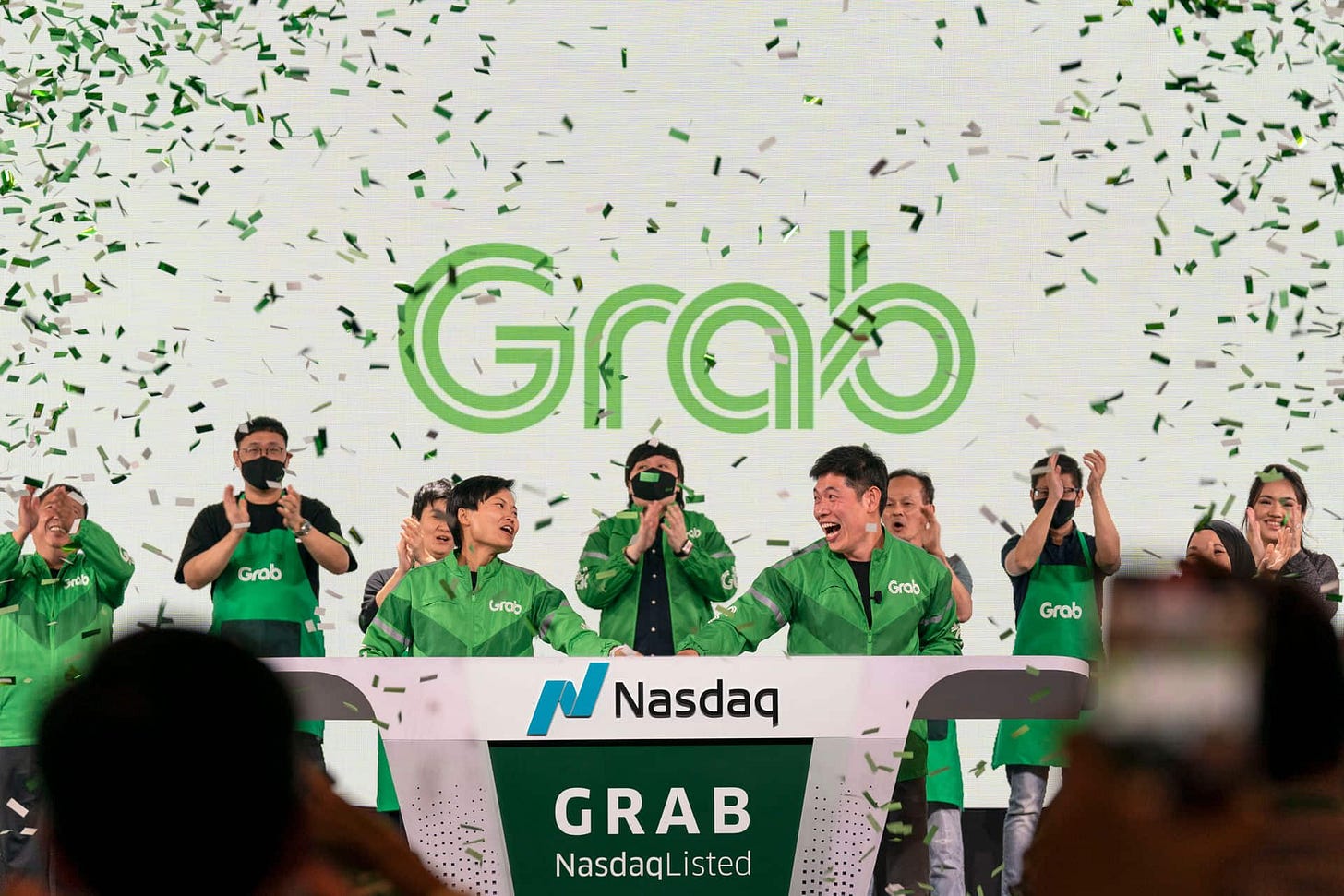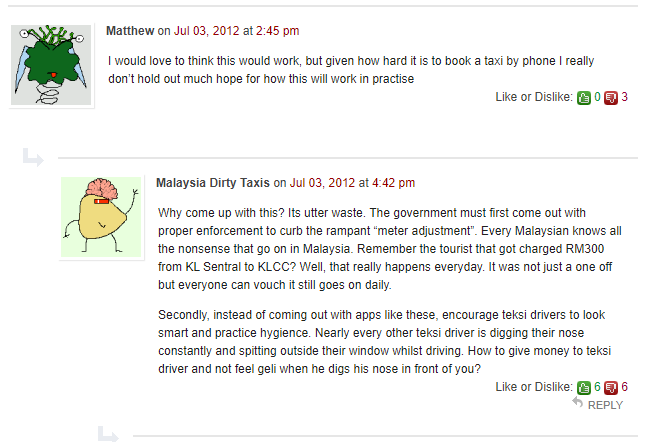How did successful founders take their first step? That’s what we want to know. Every week, we feature a startup’s early days so you can learn from them. Want to hear about your favourite founders?
Grab then: an app that connects licensed taxi drivers to passengers.
Grab now: an everyday app, offering services from mobility, deliveries, financial services and more.
Grab raised US$4.5 billion, the largest-ever U.S. public listing by a Southeast Asian company. While you may have resentments towards Grab, be it because of its declining stock prices or its unreasonable cancellation fee (pls fix, Grab), it’s hard to imagine that a Malaysian company could one day stand alongside tech behemoths.

But let’s turn back time when Grab was just a small company standing at the toes of, not tech behemoths, but taxi fleets. Here’s their startup story:
Work on a problem you care deeply about
Anthony and Hooi Ling, founders of Grab, had one thing in common – they had a personal connection to the problem.
Anthony obviously worked in the automotive industry beforehand with Tan Chong Motors. But there was another defining factor: his grandfather was also a taxi driver. For Hooi Ling, it was a personal problem. She often had to take late-night taxi rides after long days in McKinsey. During each ride, she would have her mom on the phone, telling her where she was throughout to ensure her safety.
With the same connection to the same problem, the founders met at Harvard business school, and wrote the business plan for a mobile app that pairs taxi drivers and prospective customers.
Live by the famous YC rule – do things that don’t scale
One thing that stood out to me was the amount of physical onboarding they did. How did they convert notoriously stubborn taxi drivers to try out something new? The hard way:
Walked into 5 taxi fleet companies and got rejected by all of them except the last.
Camped at the airport, jumped into every queuing taxi, pitched about the app, and got their details.
Scoured every place where taxi drivers gathered – coffee shops, mamaks, petrol stations – and ‘beg’ them to sign up.
But therein lies another challenge – taxi drivers didn’t have smartphones. Smartphone penetration growth at that time was still in its infancy. So, they bought them one. Problem solved!
Clench your teeth and persevere through those tough times.
With both founders from wealthy families and high-paying careers, many may think the early founding team got it easy, but I beg to differ.
They faced countless rejections. Just take the time to read through the comments in this Paul Tan’s blog. “Why come up with this? It’s an utter waste”, “What is the point of this anyway?”, “It won’t work well in Malaysia”, and a bunch more like these. Then with true grit in action, you see Aaron Gill, previously product/tech lead and now Head of E-commerce in Grab, replying to the complaints one by one.
I believe that the mindset of viewing rejection and complaints as feedback was what set the early founding team apart. You can see another example with taxi drivers, where they would set up fortnightly coffee sessions to gather feedback.
If you were there during Grab’s early years, you know that it was an uphill battle from user pushback, taxi drivers protest, stiff competition and regulation challenges. The obstacles that Grab faces now are different, but I’m sure equally challenging. Will they continue to be Southeast Asia’s darling? I think they will.
Let us know if you have startup suggestions and improvements!


